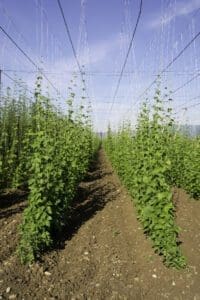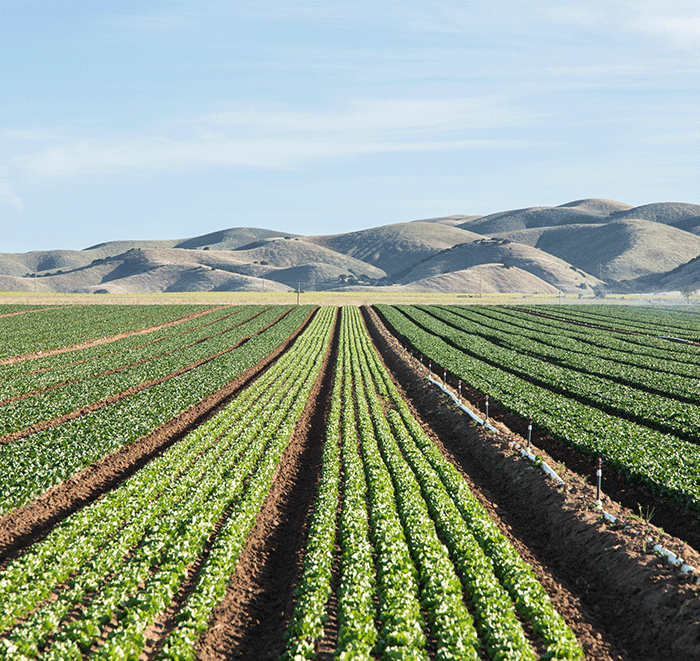The past few years have provided unusual environmental challenges to hop production in the PNW growing region. Fluctuating and abnormal precipitation and temperature feel like the new normal. However, September always brings the familiar and welcome constant of hop harvest to our lives no matter what else is happening and changing. While harvest stays constant, we are continuing to adapt and develop gains in integrated pest management practices in changing market conditions. With the continued pressure of increased labor and input costs going into the 2023 crop year, it’s more important than ever to think ahead. Agronomic decisions need to remain in focus through harvest, especially soil health, plant nutrition, irrigation management, and cover crops.

Hop growers are already implementing strategies to improve soil health. Soil health is comprised of several elements, and can be defined differently by crop, farm, and region. However, in most cases, soil structure is a key element to all secondary aspects of soil, including irrigation water holding capacity, drainage, and nutrient use efficiency. Soil structure can be considered a primary indicator of soil health. Getting a shovel or probe into the field after harvest is a great first step in evaluating soil structure. There are other tools available: soil moisture probes, backhoes for larger pits in a field, novel laboratory tests, and technology to scan and quantify soil types. We have been implementing SoilOptix to scan differences in soil texture, organic matter, and pH, and create management zones to guide soil sampling, variable-rate fertilization, and even irrigation and planting strategy. Depending on your specific goals and challenges, there is a suite of specialized evaluations to create a truly prescriptive treatment for a hopyard by variety, location, and farming practices. Don’t delay the opportunity to examine these tools. If variable-rate treatments are of interest to increase efficiency on your farm, talk to us this fall to get started on the specific metrics involved. Another important contributor to soil health is the presence of plant roots. Cover crops are a great contributor to soil structure and health, and fall post-harvest is the most ideal time frame to plant most of them.
Sarah Del Moro – Nutrition Agronomist

